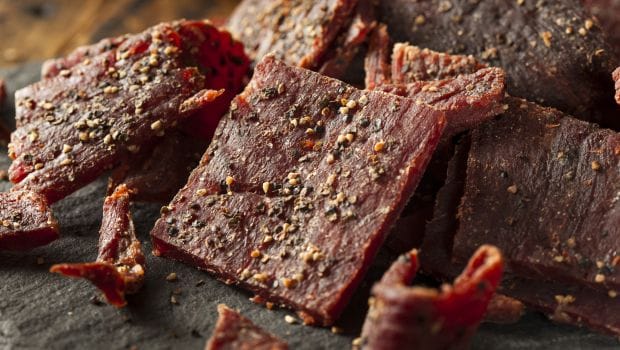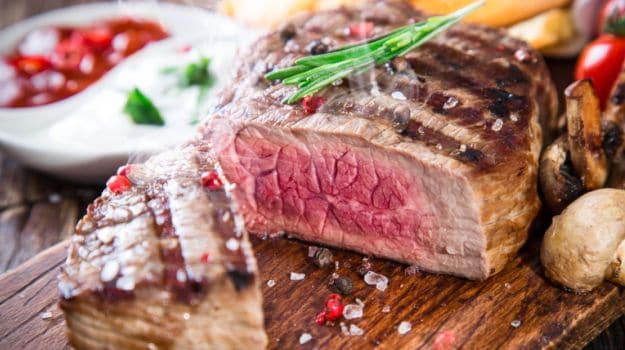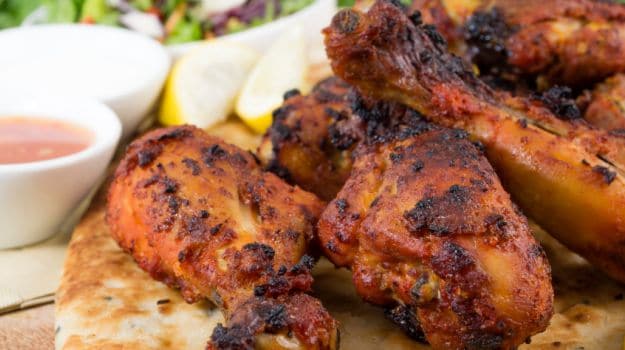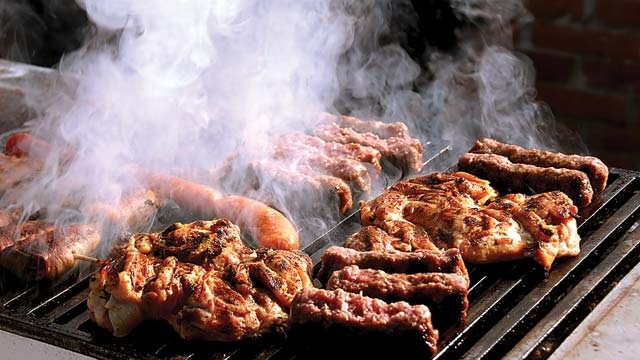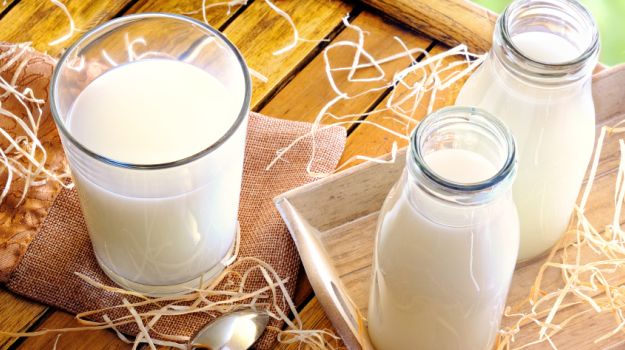He enquired with the shopkeeper, who denied having any knowledge of it.
Chennai: Walking by the beachside on Marina, Vishal, a tourist from Delhi, stopped at a bajji stall to taste the Chennai flavours. When he was handed the bajji wrapped in a newspaper, he was reminded of an article he had read wherein the health hazards of ink on paper was mentioned. He enquired with the shopkeeper, who denied having any knowledge of it.
As per an advisory passed by the Food Safety and Standards’ Authority of India (FSSAI) in December last year, it was said that the ink on newspapers might pose a health hazard if consumed. The presence of chemicals in the ink used for printing is found to have cancerous effects, which can be severely harmful especially for children and pregnant women, it added.
Food packaging in newspapers is in practice throughout the state, poisoning individuals in large numbers. Dr Anitha Ramesh, an oncologist, says that the lead concentration in the ink used for printing, merges with the food, thereby increasing the health risks. “Cadmium and lead in the ink slowly leads to initiation of cancer as it gets absorbed from the food packed with the newspaper. The chemicals get stuck to the food, and on ingestion, gets absorbed from the gut and causes DNA damage. People with low immunity, like children, are more likely to get affected,” she said. It was found that the problem lies in the lack of awareness about the rules and regulations on food wrapping. Murugan S, a roadside vendor near Guindy metro station, said, “I have not received any such circular by any authority. However, if it is indeed poisonous, I am ready to shift to brown paper for wrapping food. Already, we replaced plastic cups with paper cups because of health effects.”
The FSSAI had stated in the advisory, that it was mandatory for the commissioners of food fafety of all states to launch awareness campaigns discouraging the use of newspaper to wrap food. However, no progress has been noticed in the state so far with regard to its implementation. FSSAI CEO, Pawan Aggarwal said, “States need some time for implementation as these changes cannot be seen overnight. We need to reach out to a lot of people, therefore, the media should render help to propagate this information.”
The newspapers used to wrap food are usually bought from wastepaper marts, where the paper is subjected to dust, microorganisms and pathogens. This adds to the hazardous effects of food being wrapped in it.






